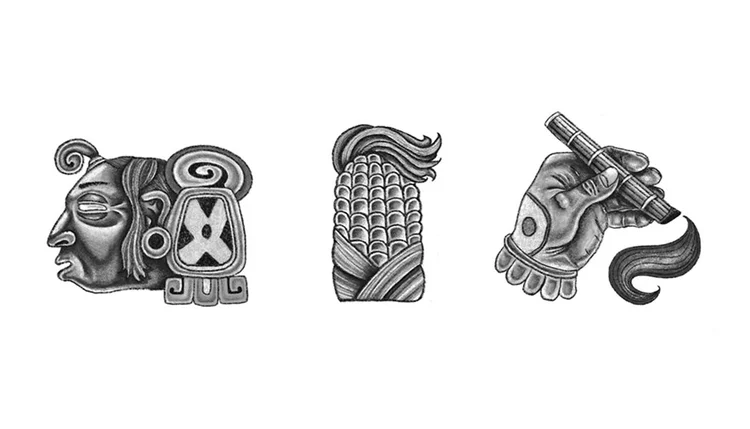Mujer Maya con Huipil
Mujer Maya con Huipil
18” W x 24” H, Pencil on Paper
The Huipil: A Garment of Mesoamerican Legacy
One of the oldest known huipils in existence is the "La Malinche", named such because it was believed to have been worn by La Malinche, Hernán Cortés’ interpreter
The huipil is a traditional woven blouse worn by Indigenous women across Mexico, Guatemala, El Salvador, Honduras, Nicaragua, and Costa Rica, tracing its origins to the Pre-Columbian era. It is more than just clothing—it is a symbol of identity, status, and artistry, passed down through generations.
To this day, the most traditional huipils are made with handwoven cloth on a backstrap loom. However, the introduction of commercial fabric made this costly, and many indigenous women stopped making this fabric or making simpler versions. By the early 1800s, women began to wear undecorated huipils or European style blouses. By the end of the 19th century, most Maya women had forgotten the technique of brocade weaving entirely.
Mesoamerican Origins – Worn by women, huipiles have been depicted in ancient murals, codices, and sculptures.
Regional Variations – Each Indigenous community has unique patterns and colors, representing cosmology, nature, and ancestry.
Handwoven Tradition – Created using the backstrap loom, a technique dating back thousands of years, huipiles feature sacred geometric designs and natural dyes.
Spiritual and Social Meaning – Certain huipiles are reserved for ceremonial purposes, while others signify marital status, social rank, or religious beliefs.
Despite modern influences, huipiles remain an enduring symbol of cultural resistance and Indigenous pride, connecting wearers to their ancestral heritage.




